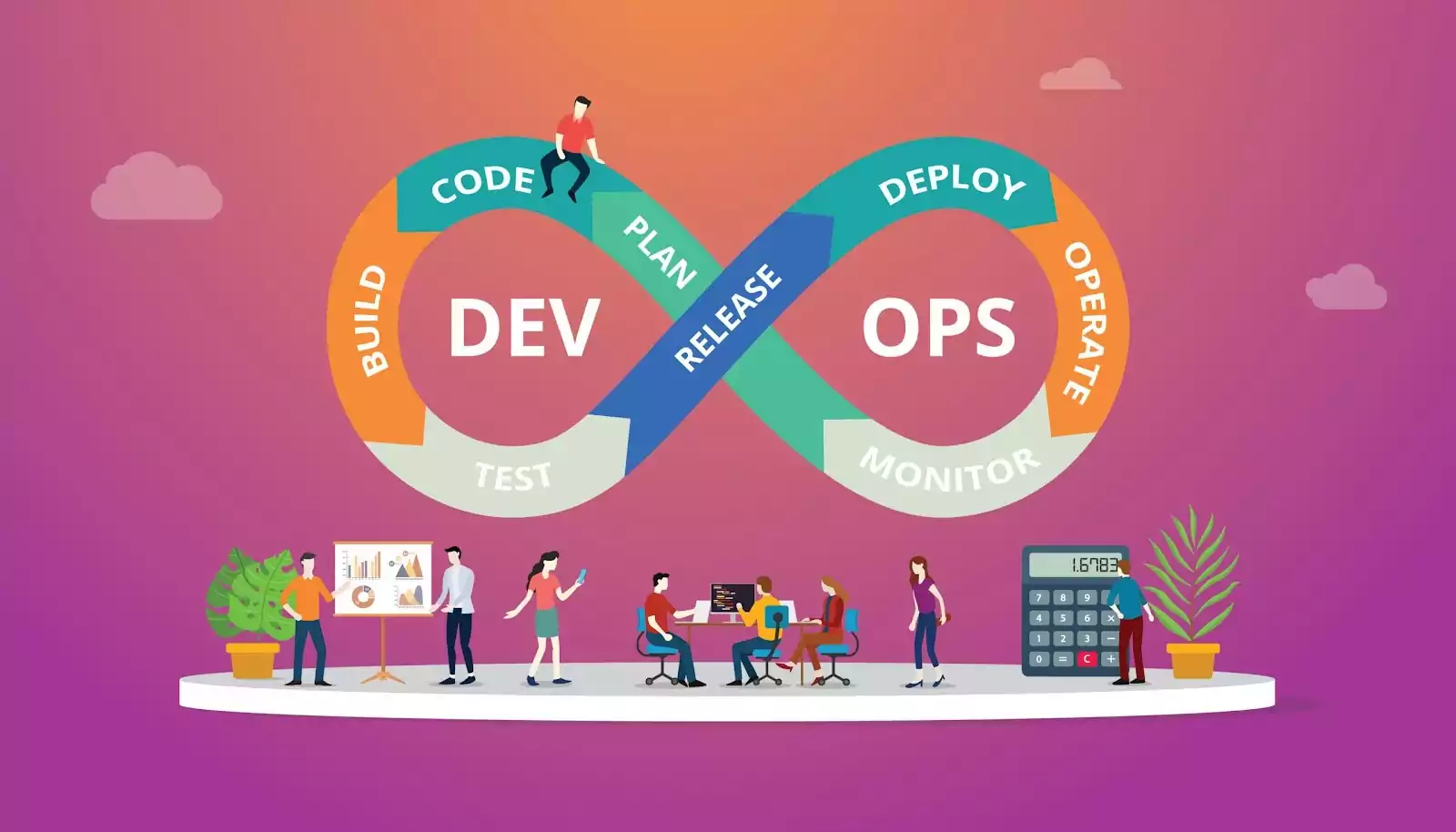DevOps requires cultural shifts, automated processes and investments in the right technologies
DevOps best practices include Agile project management, team empowerment through IC/CD, automation, monitoring, observability and continuous feedback.
What is DevOps?
It is preferable to interpret DevOps as a desire of the company to improve communication and collaboration between development and operational teams in order to accelerate the deployment of software and make it more qualitative. It is a new way of working that has important implications for the teams and organizations that practice it.
Best practices for implementing DevOps
Agile management of your projects
Agile is an iterative approach to project management and development that helps teams bring value to customers faster and easier. Agile teams focus on delivering work in small increments, instead of waiting for a single massive delivery date. Requirements, plans and results are evaluated continuously, allowing teams to respond to feedback and react accordingly.
Here are the key concepts of Agile project management:
- Start with a four-phase workflow: to do, in progress, code review and completion.
- Teams must divide large-scale projects into smaller tasks and respond to changing needs or scope as they progress.
- How to plan, track and measure incremental work? Scrum and Kanban are fundamental frameworks for teams that practice Agile methodology.
Strengthen autonomy (shift left) with CI/CD
When teams are autonomous (shift left), tests are introduced early into their code development processes. Instead of sending several changes to a separate test or QA team, various tests are carried out throughout the programming process so that developers can fix bugs or improve the quality of the code while working on the corresponding section of the code base. The practice of continuous integration, delivery and deployment (CI/CD) supports empowerment capacity.
Develop with the right tools
A DevOps tool chain requires the right tools for each phase of the DevOps life cycle, with key features to improve software quality and speed up delivery.
Implement automation rules
Continuous integration and delivery allow developers to merge code regularly in the main repository. Instead of manually checking the code, the IC/CD automates this process, from batch processing during a given interval to frequent commits. In addition to the IC/CD, managed testing services are essential for the successful adoption of DevOps practices. Automated tests can include end-to-end tests, unit tests, integration tests and performance tests.
Monitor the DevOps pipeline and apps
It is important to monitor the DevOps pipeline so that an interrupted build or failed test does not result in unnecessary delays. Automation greatly speeds up development, but if an automated process fails without anyone noticing it, it is better to do the work manually. Similarly, it is important to monitor production apps to identify performance failures or problems before your customers tell you about them.
Observability
Since the industry has preferred native, microservices-based cloud apps to monolithic on-premises systems and apps, monitoring is now much more complex. As a result, interest in observability increases. It is often said that the three pillars of observability are newspapers, traces and metrics. Most system components and apps generate logs, which consist of a set of chronological data on how the system or app works. Traces follow the logical flow within the app. Metrics include booking or using the processor (CPU) and RAM, disk space, network connectivity, and more. Simply put, observability means using these three aggregated sources of information to make discoveries and make predictions about how a complex system works, which would otherwise be difficult to achieve.
Collect continuous feedback
Continuous feedback ensures that team members have the necessary information to do their work in a timely manner. From a development point of view, this implies that the team is immediately alerted to any pipeline failure. It also means that clear and complete code test results are made available to developers as quickly as possible. From a product management perspective, the team is informed of any production defects, performance problems, or reported bugs. In the past, it was generally believed that a development team could only optimize speed or quality. Continuous feedback and devops testing services is one of the elements of DevOps that optimizes these two aspects.
